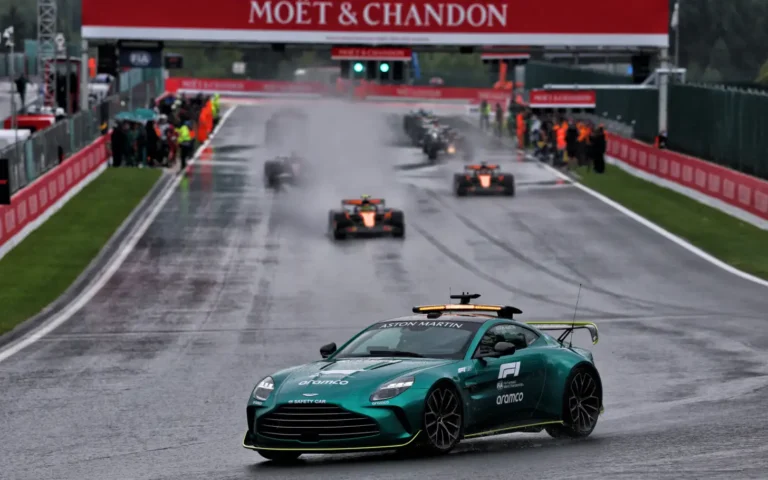
Seven-time Formula 1 World Champion Lewis Hamilton suffered a major blow at the Belgian Grand Prix after being eliminated in Q1 at Spa-Francorchamps. His quickest lap was erased due to a track limits infringement, placing him a disappointing 16th on the grid. The decision drew immediate attention, highlighting how even the smallest misstep can drastically alter a driver’s race weekend in today’s tightly regulated F1 environment.
The incident happened during the first qualifying session (Q1), where Hamilton appeared to be putting together a strong lap. However, after reviewing the lap data, officials determined that Hamilton had exceeded track boundaries at a key moment. As a result, the lap was deleted in accordance with F1’s strict track limits rules—a decision that triggered instant debate among fans and pundits.
The exact part of the circuit where Hamilton crossed the line wasn’t disclosed, but the enforcement of track limits once again sparked conversation about consistency in rule application. While the goal is to ensure fairness and maintain competitive integrity, critics argue that the rules can sometimes feel harsh or inconsistently enforced, especially when the violations are marginal.
Hamilton’s visible frustration after the session spoke volumes. The media and fans quickly dissected the incident, broadening the conversation to include the larger issue of track limit enforcement in F1. This situation reignited questions about whether the balance between precision and performance is being handled fairly in the sport’s current regulatory environment.
This qualifying mishap adds pressure to both Hamilton and the Mercedes team, who have already faced a turbulent season. Starting from 16th, Hamilton will need to execute an exceptional drive and strategic race to recover lost ground. His performance at Spa will not only test his racecraft but also serve as a key storyline in the ongoing evolution of how F1 manages racing boundaries and driver discipline.



